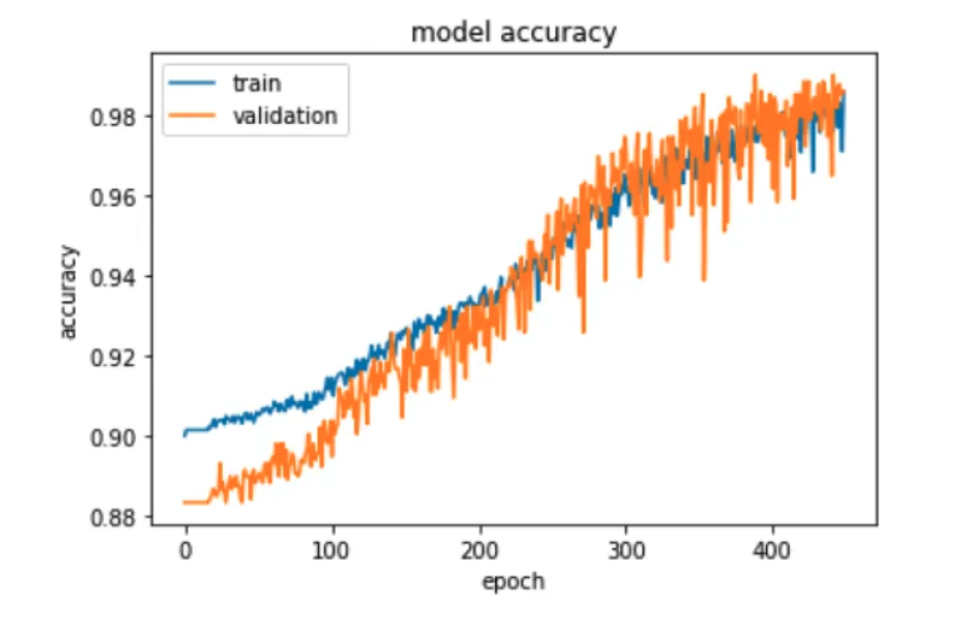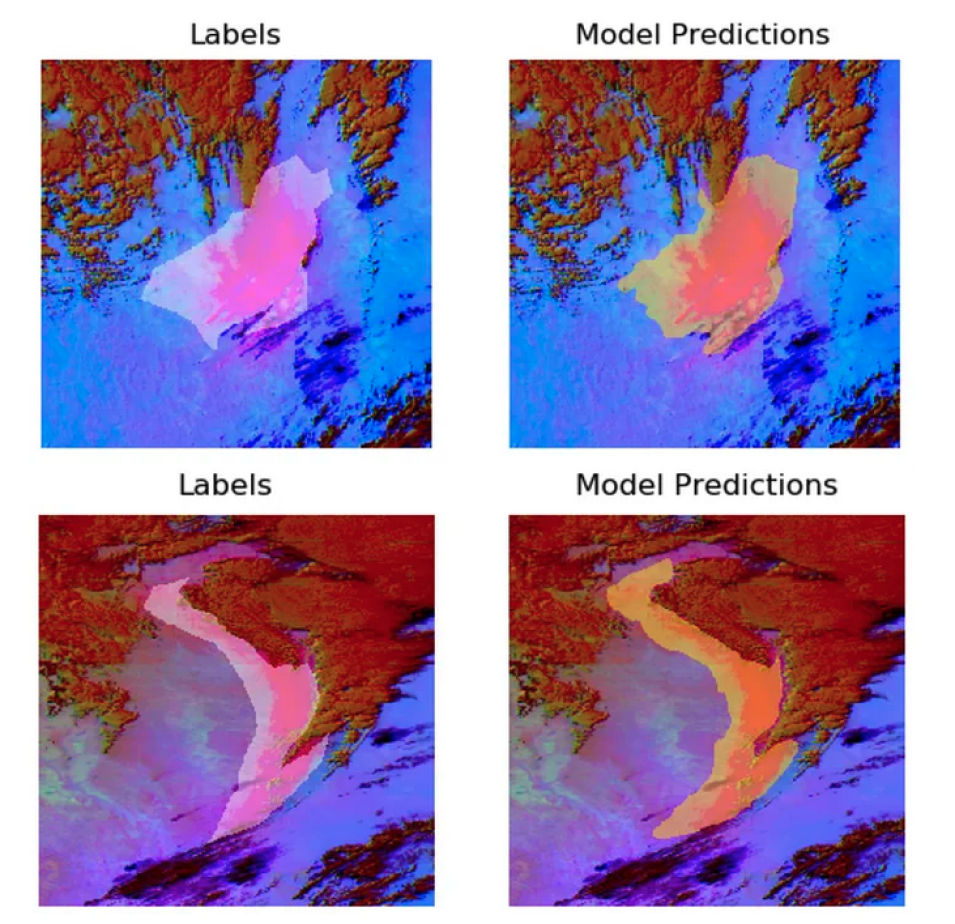We are into October, and the American Geophysical Union's #AGU20 Fall Meeting is fast approaching. Even though it will be a virtual conference, we are looking forward to interacting with all of you. Over the next several weeks we will be previewing a number of the presentations that IMPACT team members will be delivering at #AGU20.
A Deep Learning Approach for Surface PM2.5 Estimations from Geostationary Satellite and Numerical Model Data Session A008 — Earth Observations from Geostationary Satellites: Applied Research and Applications III Posters
Fine particles released by activities such as vehicle exhaust, the burning of fuels, and forest fires are known to cause severe impacts on public health. Particulate matter (PM) with a diameter less than or equal to 2.5 μm, referred to as PM2.5, is known to cause or exacerbate cardiovascular and respiratory illnesses. The analysis of data and the derivation of the relationships among them to estimate surface PM2.5 can be a tedious task and can require significant computation and processing. A deep learning approach is appropriate for such complex estimation problems as it defines relations among multiple non-linear parameters.


